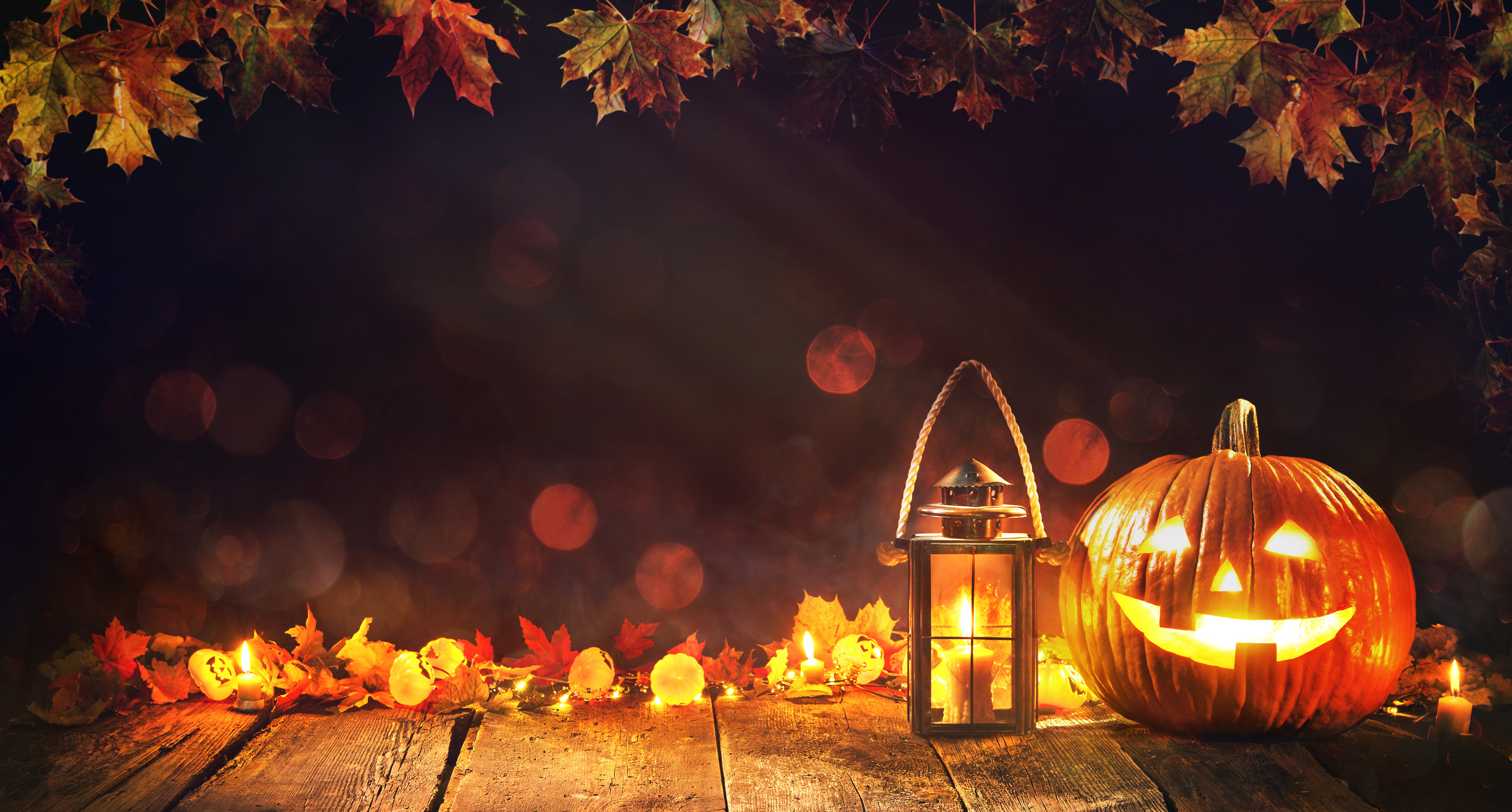
Whether it’s staying in to watch a scary film or dressing up as Barbie or Ken at a costume party, we all have our different ways of celebrating Halloween.
For many customs experts though, there’s no better way to celebrate All Hallows Eve than by going onto the UK Integrated Online Tariff to find the correct commodity codes for various ghoulish goods.
So, in our latest classification special, what are the correct codes for the various Halloween-related products that retailers are stocking their shelves with this year?
With the help of IOE&IT witch customs and trade specialist Lyn Dewsbury, we’re trick-or-treating you with some customs candy below.
This article is for educational and entertainment purposes only. It does not constitute legal advice on any of the commodities included.
Pumpkins
According to History.com, the tradition of carving faces into fruit may have its roots in Ireland, with turnips originally used before the practice migrated to the US. It’s thought that the ‘jack-o’-lantern’ moniker may derive from an Irish folktale about a character called ‘Stingy Jack’.
If importing pumpkins to the UK, whether that’s from the US or Ireland, you’ll need to go to the UK Integrated Online Tariff tool and type in ‘pumpkin’. Unless importing the seeds for the fruit, you’ll want to select ‘pumpkins, fresh or chilled’.
The code ‘0709939000’ will be recommended. If you click on the ‘Import’ tab, you’ll see that a 12% Most Favoured Nation (MFN) tariff rate will apply for any country the UK doesn’t have a preferential trade agreement with, including the US. If importing pumpkins from Ireland, you should note that there is a 0% tariff rate with the EU.
Interestingly, you might also notice that there is an additional ‘chemicals’ tab for pumpkins, as the fruit is yielded from the ‘cucurbita pepo’ plant. For more information on what you need to know when importing goods that include regulated chemicals, you should review the CAS Registry.
Sweets
Trick-or-treating apparently derives from a practice called ‘guising’ in Scotland and Ireland that dates back to the 16th century. This historic activity would involve people going door-to-door giving performances in return for food or treats.
Nowadays, kids will dress up in Halloween costumes in the hope of receiving some form of confectionary delight, and the threat of a ‘trick’, if not successful, is (mostly) nominal.
There are different types of sweets that can be given as treats, of course, but some of the most commonly shared might come under the following commodity codes:
- Boiled (filled or not) – 1704907100
- Toffees – 1704907500
- Jelly sweets – 1704906500
Fancy dress outfits
But what about the fancy dress outfits you’re dressing up in to go trick-or-treating? Most of these would come under the heading 9505 for “festive, carnival or other entertainment articles, including magic tricks and practical joke articles; parts and accessories thereof”.
Some commonly worn outfits include or novelty items include:
- Witch – 9505900000
- Skeleton – 9505900000
- Rubber spider - 9505900000
- Fake eyeballs – 9505900000
However, if importing a skeleton, you should be careful that you are definitely importing a skeleton that’s for novelty use. Skeletons can also be imported as educational items, and in such cases the commodity code you’d want to use may instead be 9023008000.
Further, while it’s all well and good dressing up as a witch, if you are indeed from the magical realm, you may actually need to import broomsticks as your mode of travel. In such instances, the commodity code for broomstick you may want to use could be 9603900000.



